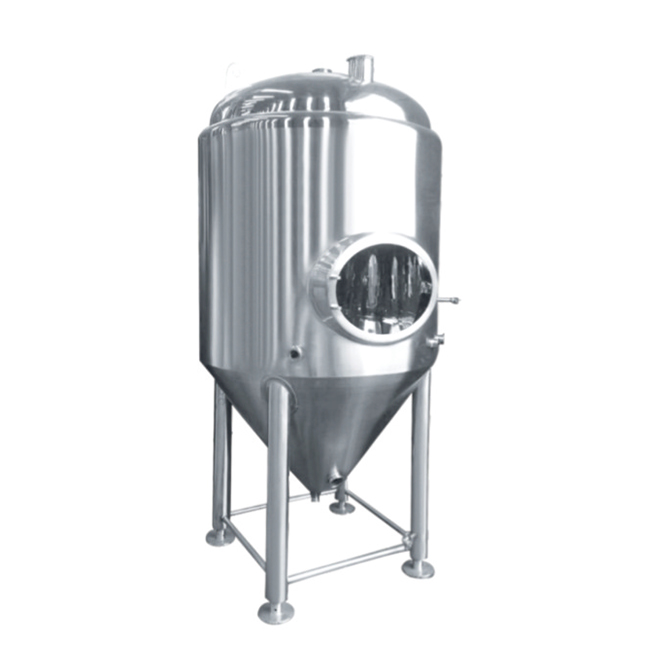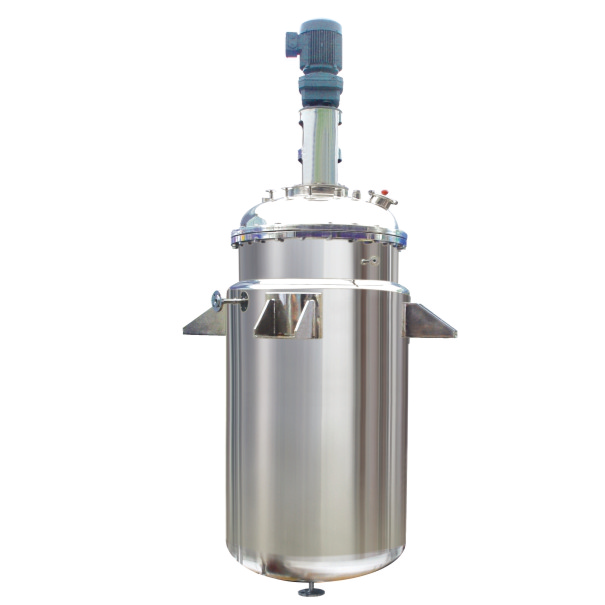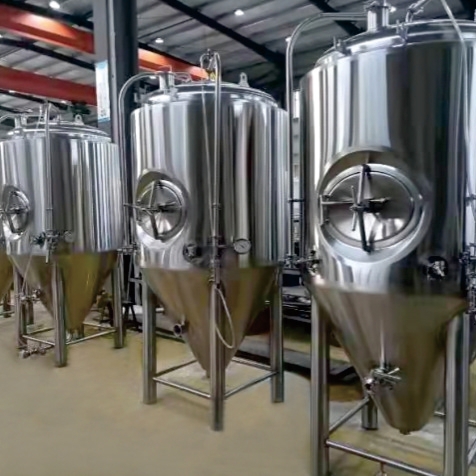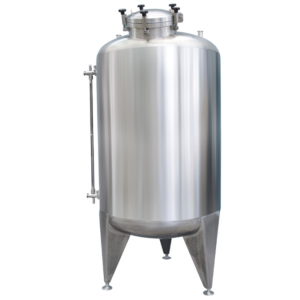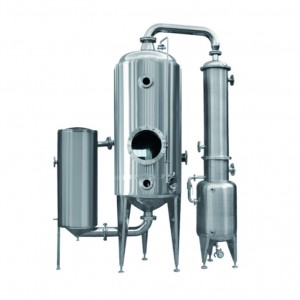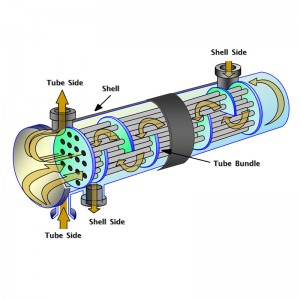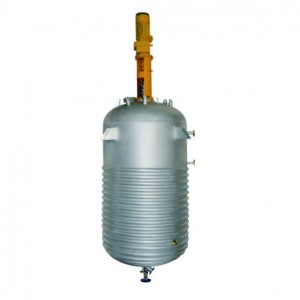product description
Classification of fermentation tanks:
According to the equipment of the fermentation tanks, they are divided into mechanical stirring ventilation fermentation tanks and non mechanical stirring ventilation fermentation tanks;
According to the growth and metabolism needs of microorganisms, they are divided into aerobic fermentation tanks and anaerobic fermentation tanks.
A fermentation tank is a device that mechanically stirs and ferments materials. This equipment adopts an internal circulation method, using a stirring paddle to disperse and crush bubbles. It has a high oxygen dissolution rate and good mixing effect. The tank body is made of SUS304 or 316L imported stainless steel, and the tank is equipped with an automatic spray cleaning machine head to ensure that the production process meets GMP requirements.
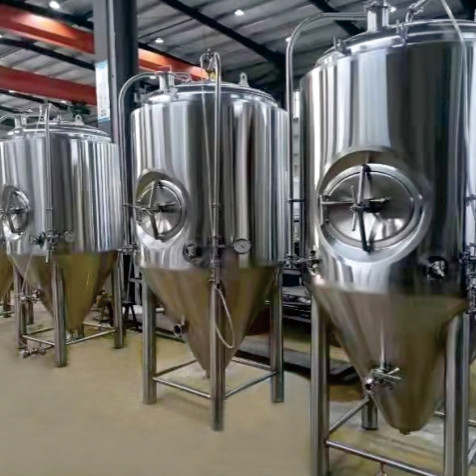
The components of a fermentation tank include:
the tank body is mainly used to cultivate and ferment various bacterial cells, with good sealing (to prevent bacterial contamination), and there is a stirring slurry in the tank body, which is used for continuous stirring during the fermentation process; There is a ventilated sparger at the bottom, which is used to introduce the air or oxygen needed for bacterial growth. The top plate of the tank has a control sensor, and the most commonly used ones are pH electrodes and DO electrodes, which are used to monitor changes in the pH and DO of the fermentation broth during the fermentation process; The controller is used to display and control fermentation conditions. According to the equipment of the fermentation tank, it is divided into mechanical stirring and ventilation fermentation tanks and non mechanical stirring and ventilation fermentation tanks;


